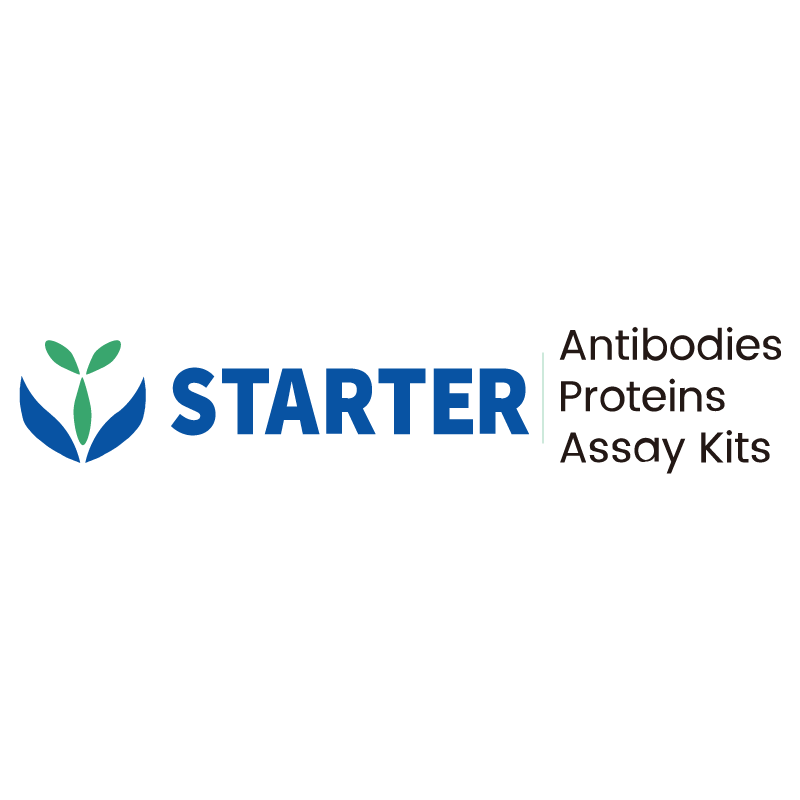GST Tag transfected 293T (Human embryonic kidney epithelial cell, Right panel) or 293T (Left panel) was stained with either FITC Rabbit IgG Isotype Control (Black line histogram) or SDT GST Tag Recombinant Rabbit mAb (FITC Conjugate) (Red line histogram) at 1/200 dilution (1 μg), cells without incubation with primary antibody and secondary antibody (Blue line histogram) was used as unlabelled control. Flow cytometry and data analysis were performed using BD FACSymphony™ A1 and FlowJo™ software.
Product Details
Product Details
Product Specification
| Host | Rabbit |
| Antigen | GST |
| Synonyms | Glutathione S-transferase class-mu 26 kDa isozyme; GST 26; Sj26 antigen; SjGST |
| Immunogen | Recombinant Protein |
| Clone Number | S-372-19 |
| Antibody Type | Recombinant mAb |
| Isotype | IgG |
| Application | ICC, ICFCM |
| Reactivity | Species Independent |
| Purification | Protein A |
| Concentration | 2 mg/ml |
| Conjugation | FITC |
| Physical Appearance | Liquid |
| Storage Buffer | PBS, 1% BSA, 0.3% Proclin 300 |
| Stability & Storage | 12 months from date of receipt / reconstitution, 2 to 8 °C as supplied. |
Dilution
| application | dilution | species |
| ICC | 1:500 | Species Independent |
| ICFCM | 1:200 | Species Independent |
Background
The GST tag protein is an extremely important tool in biotechnology. GST stands for Glutathione S-transferase, an enzyme widely present in cells. It plays a key role in various metabolic processes, especially in detoxification. In the field of biotechnology, the GST gene is often used as a fusion tag gene, which is fused with the target protein gene to form a GST fusion protein. This fusion protein has many advantages. Firstly, GST itself has high solubility, which can help increase the solubility of the target protein. This prevents the target protein from forming inclusion bodies during expression, making it easier for subsequent purification operations. Secondly, GST fusion proteins can be rapidly and efficiently purified using specific ligands such as glutathione agarose beads. The purification process is relatively simple and cost-effective. Moreover, in many cases, the GST tag does not significantly affect the structure and function of the target protein. Additionally, it can be removed by specific enzymatic cleavage sites when pure target protein is needed. Therefore, the GST tag protein is widely used in many fields, such as recombinant protein expression, structural studies, antibody preparation, and protein-protein interaction research, greatly facilitating life science research.
Picture
Picture
FC
Immunocytochemistry
ICC shows positive staining in Histone H3-GST Tag transfected 293T cells (top panel) and negative staining in vector-transfected 293T cells (below panel). Anti-GST Tag (FITC Conjugate) antibody was used at 1/500 dilution (Green) and incubated overnight at 4°C. The cells were fixed with 100% ice-cold methanol and permeabilized with 0.1% PBS-Triton X-100. Nuclei were counterstained with DAPI (Blue).


